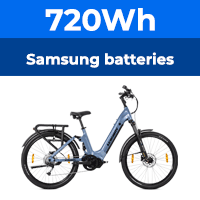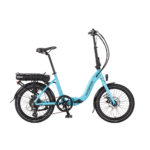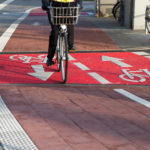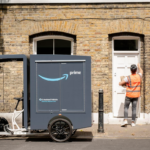That's exactly right Steve, and for best motor efficiency the rider does have to take second place at times.I suppose this means that for a Cyclone you must use the gears in a very different manner to what you'd expect for a manual bike. Of course this problem comes because the two power systems are interlinked but have different gearing requirements, so ideally you need two independent gear systems for the human and electric power systems.
Cheers
Steve
The sophisticated answer is the one on the Swizzbee, the motor belt drives the left and the rider the right hand
side of the hub, each driving one side of what amounts to a differential. The output from the differential is the
bike hub shell and wheel, so the two input powers are summed according to their contribution to maximise
performance. This allows the same type of transmission drive with the rider able to use their derailleur gears the
best way for themselves without in any way affecting the motor's efficiency.
.









